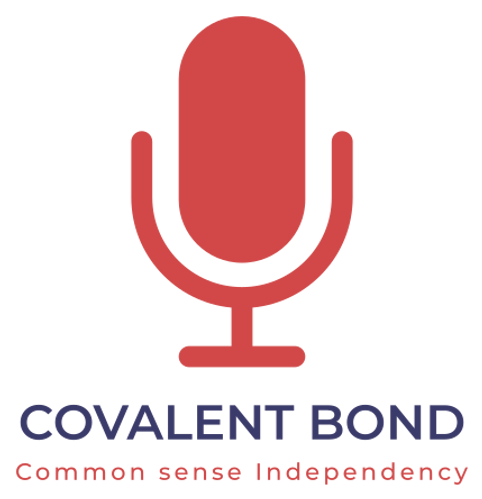A Peace Pause on Pause
5/17/25
By:
Michael K.
What the Istanbul round of 16 May 2025 did—and did not—deliver

Yesterday, at the moment your humble servant published this piece, no one expected anything special from the talks between Ukraine and Russia in Türkiye, accompanied by representatives of the White House.
In essence, they ended in nothing and confirm that events are unfolding along the third scenario I described earlier: if negotiations fail because one side refuses to proceed, then, starting 20 May, the EU’s 17th sanctions package will take effect, blocking the “shadow fleet” and imposing new restrictions on energy and banking structures. In parallel, the United States may introduce additional measures, including a ban on importing Russian oil and a technology embargo.
Technically, the talks did take place—without a joint press statement. The two-hour meeting produced no political breakthrough but yielded the war’s largest humanitarian gesture so far: the parties agreed to exchange one thousand prisoners each—an act observers called “a goodwill symbol without substance” (The Guardian).
Moscow’s chief negotiator, Vladimir Medinsky, announced that “Russia is generally satisfied with the meeting’s outcome” and is ready for further contacts. However, as Reuters clarifies, the Kremlin set a condition: Kyiv must put its cease-fire proposal in writing, while Russia demands the withdrawal of Ukrainian troops from all annexed territories—a position a Ukrainian source called “unacceptable from the very start.”
Ukraine’s defence minister, Rustem Umerov, confirmed the prisoner-swap agreement and stressed that the next step should be a thirty-day unconditional silence of arms, backed by the United States, followed by a face-to-face meeting between Volodymyr Zelenskyy and Vladimir Putin. His remarks were quoted by Bosnian journalists from the Sarajevo Times.
The idea of a thirty-day “pause” had already been voiced publicly on 8 May by U.S. President Donald Trump, who warned that Washington would tighten sanctions against Moscow if the pause were broken. Politico, citing the White House, reported the proposal. Vice-President J. D. Vance reminded the press: “If the Kremlin shows no goodwill, the United States may step back from its mediating role.”
On 10–11 May the leaders of the United Kingdom, France, Germany and Poland, meeting in Kyiv, endorsed the American initiative: they urged Moscow to accept the thirty-day cease-fire and threatened “massive” economic measures if Russia drags its feet. Details were published by France’s Le Monde.
Less than twenty-four hours after the Istanbul round, a Russian drone struck a passenger minibus in the Sumy region, killing nine civilians. The tragedy was first reported by the Times of India. Kyiv declared the strike “graphic evidence of Moscow’s unwillingness to de-escalate,” while Western diplomats saw in the attack a reason to tighten sanctions pressure.
Two cease-fire drafts and one “Istanbul knot”
• Humanitarian check. In the coming days the sides must verify prisoner lists and organise the exchange logistics. Failure at this stage will cast doubt on any further dialogue.
• Written proposals. Each delegation has pledged to present its draft cease-fire regime. Moscow demands “greater specificity,” while Kyiv insists the pause be “full and unconditional.”
• Possible summit. Zelenskyy seeks a face-to-face meeting with Putin in Türkiye; the Kremlin ties it to prior agreement on cease-fire parameters, and Washington wants “genuine progress” before resuming its own mediating role.
The talks in Istanbul showed that humanitarian gestures do not equal political concessions. Moscow continues to insist on territorial changes it could not secure on the battlefield; Kyiv continues to insist on security guarantees and international oversight of any pause. The “1,000-for-1,000” exchange became an act of humanity, not a tool for defusing the conflict.
The Istanbul meeting confirmed that even the largest prisoner swap does not remove the central contradiction—who, and on whose terms, will determine the region’s future borders and security. As long as the Kremlin demands unilateral concessions from Kyiv, and Ukraine relies on U.S. and European support, any “silence of arms” remains a thin film stretched over an active front line. The next test of sincerity is the execution of the exchange and the emergence of at least a framework cease-fire document. Until then, the “Istanbul knot” stays tight.
Latest news



